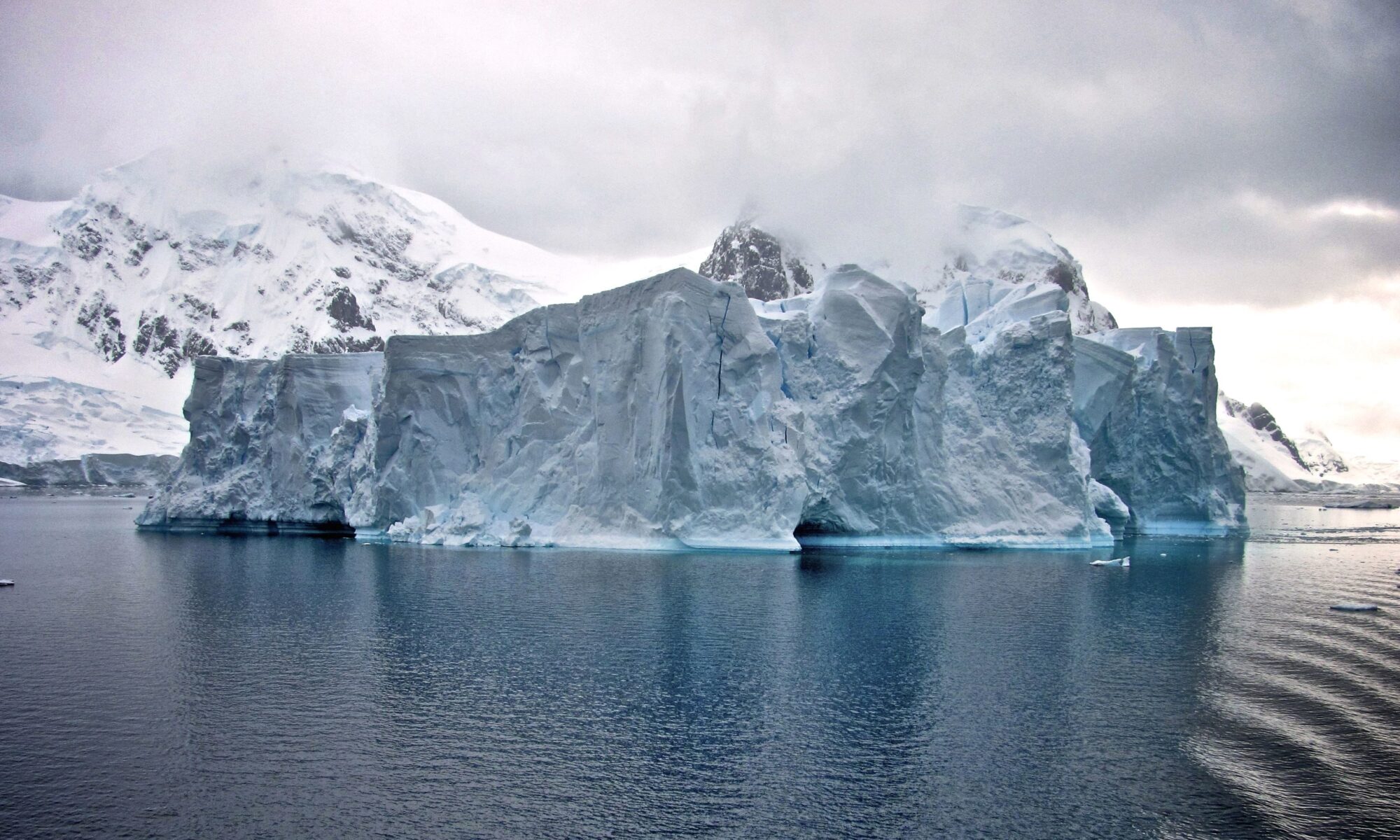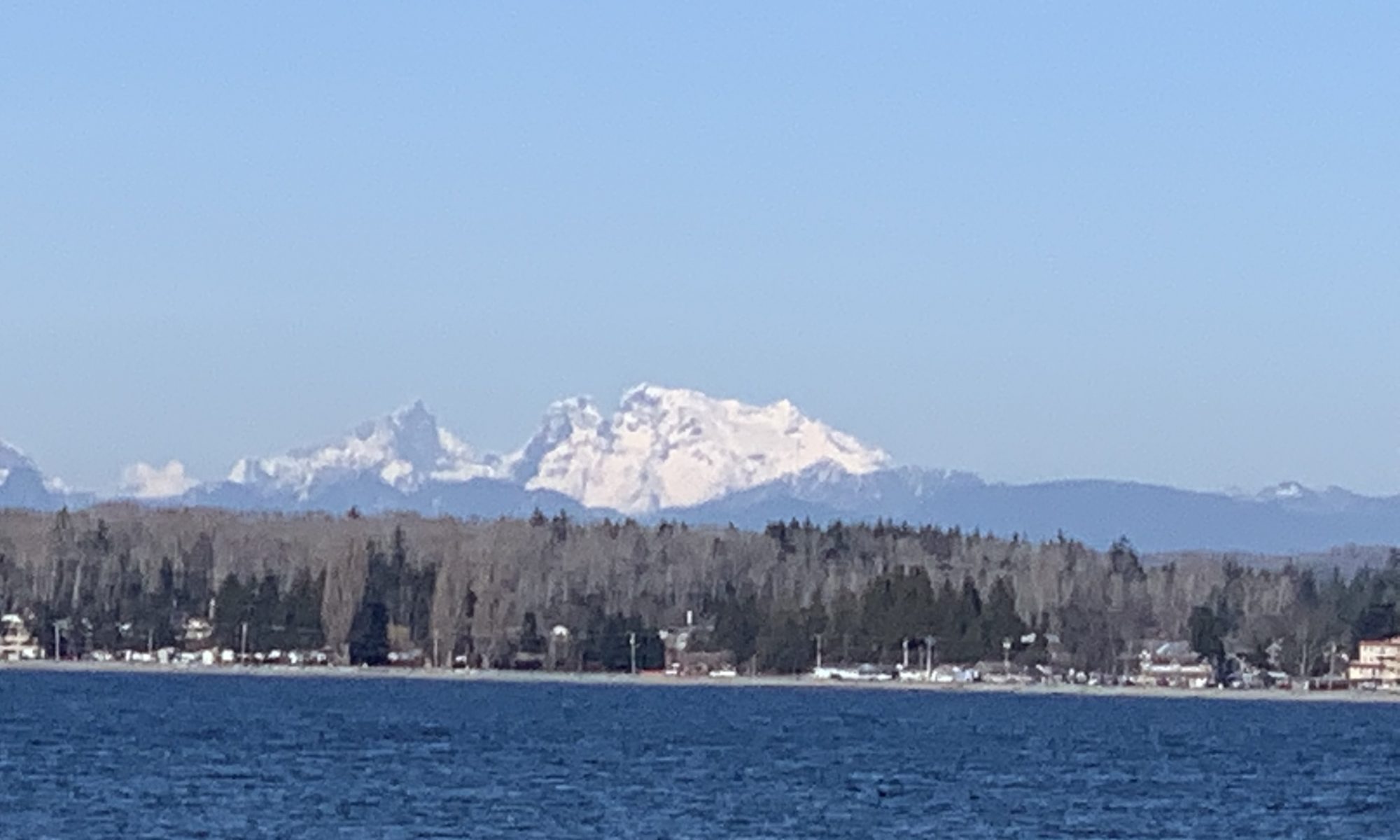Glaciers have literally shaped the state of Washington by leaving a dramatic footprint that accounts for the area’s natural beauty and recreational opportunities. During the last ice age twenty thousand years ago, the Puget Sound region was covered by a massive ice sheet that extended south from Canada. As ice receded over time, the region’s mountains, hills, and waterways were carved.
More glaciers can be found in Washington than in any other state except Alaska. They remain an integral part of the state’s geological and cultural identity to this day. But this could change over the next century as a result of global warming, which has been fueled by humanity’s dependence on fossil fuels.
Washington’s glaciers are melting at an accelerated rate. Coastal waters are rising and becoming more acidic from emissions of carbon dioxide, which threaten our fisheries, especially shellfish and salmon populations. According to the US Fish and Wildlife Service, temperatures are projected to rise around 5.3°F by the 2080s with profound consequences to the forests and other ecosystems.
The Northwest Climate Science Center, one of eight regional centers launched by the US Department of the Interior, has begun to respond. By utilizing the most up-to-date scientific research, they are developing strategies of adaptation and providing support for the region’s conservation and cultural-resource managers.

Comparative photographs of Washington’s South Cascade Glacier in Skagit County. Courtesy of the US Geological Survey
COLD FACT:
Over the last century, the glaciers of the North Cascades have decreased in area by about 50%.*
*North Coast and Cascades Science Learning Center

